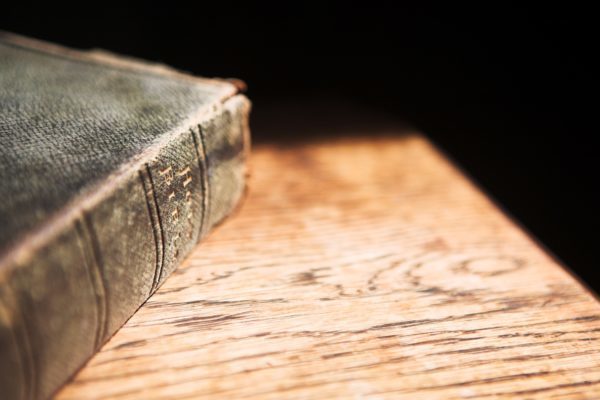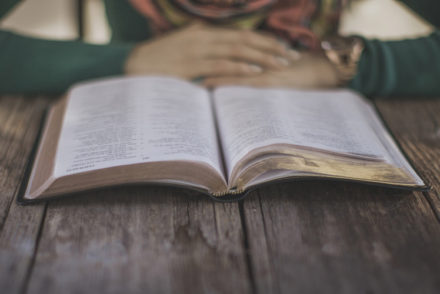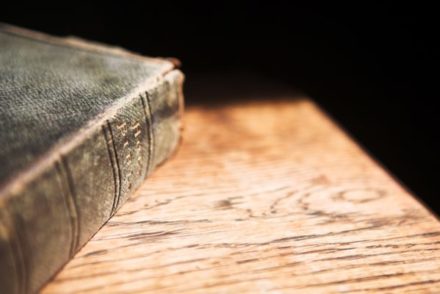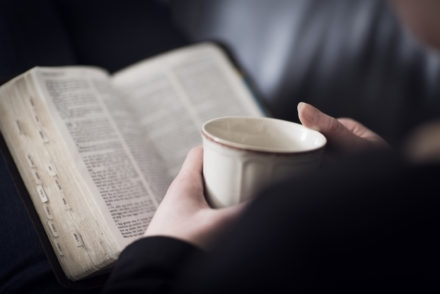In my last post, I argued that Jesus is the message of Moses’ book, The Torah (Gen-Exod-Lev-Num-Deut). In the coming weeks, I hope to help readers test whether I have rightly understood the Torah. As such, today I want to begin the process of defending this rather bold and biblical claim.
I will begin defending this idea by outlining the shape of the Old Testament (OT) canon. While our English Bibles divide the OT into four parts, Law (Torah), History, Wisdom and Prophets, the more likely original or canonical division of the OT is in fact three parts: Torah, Prophets and Writings. This observation begs the honest question, “Does the order of the same books really matter for interpretation?” Yes, it does, as we will outline below. However, in saying such I do not mean that we should throw out or abandon another order. I want us to test the orders by examining how much they help us understand most of the OT and its most important parts.
Please know that there are multiple versions of the three-part order and that there is nothing wrong with our four-part order since it covers the same books. Indeed, our four-part order provides us with a comfortable reading approach, but it is not the oldest arrangement. Why would finding the oldest, original or earliest possible order matter so much to those of us reading it today? It matters because the differing orders themselves reflect different ways of reading the Bible. The order is a guide, saying, “Read this first. Then, turn to this book and finally this book.” The order, thus, forms a story grid. In doing so, any reading order creates relationships across individual books by sticking them together, arranging them, to form a canon via the phenomenon of juxtaposition. How that order’s story begins, continues and ends portrays a particular understanding and message of the OT. But, which story, guide and order is best?
It seems that the oldest arrangement is most likely to show us the earliest way that the biblical books were read. When one arranges books in an order, the beginnings and endings of “attached” books form seams that hold the whole canon together. These seams highlight possible connections between the endings of one book and the beginning of the next, but it would be ideal to find such reading guidance from the actual biblical authors themselves since they know how they want their books to be read. To do so would be to find a “guided tour” through the OT that is hosted by the biblical authors. We may have to settle for other tour guides, and we usually do settle. It would be best, however, if the seam connections we “find” were actually positioned there by the biblical authors and not by later readers because it would connect what we find at the seams to the very heart of the books. At a minimum, we should want to find the oldest order possible and see if it can provide helpful insights into how the books should be read by showing us how they have been read.
Here is (in my view) the oldest, best and perhaps original (canonical) order of the OT:
The Torah
Genesis, Exodus, Leviticus, Numbers, Deuteronomy
The Prophets
The Former Prophets
Joshua, Judges, 1 and 2 Samuel, 1 and 2 Kings
The Latter Prophets
Isaiah, Jeremiah, Ezekiel, The Twelve (Hosea, Joel, Amos, Obadiah, Jonah, Micah, Nahum, Habakkuk, Zephaniah, Haggai, Zechariah, Malachi)
The Writings
Psalms, Job, Proverbs, Ruth, Song of Songs, Ecclesiastes, Lamentations, Esther, Daniel, Ezra, Nehemiah, 1 and 2 Chronicles
In the order listed above, we will note that Proverbs, which ends with a description of a virtuous woman, leads into Ruth, which shows a Moabite woman who proves herself to be a virtuous woman by binding herself to the promise to Abraham, Isaac and Jacob. That is, putting Ruth after Proverbs sets Ruth as a commentary on the wisdom of the virtuous woman at the end of Proverbs. When we then see that the book of Proverbs itself echo these same insights, we also begin to understand how this order guides us through 1) interpreting each book individually, 2) understanding the books’ meanings together and 3) reading the books as a part of the whole canon. This is why the three-part order will ultimately prove helpful: it provides key insights and connections in the juxtapositioning of its books.
Over the coming weeks, we will see how the three-part order of the Torah, the Prophets and the Writings explains the most important connections between its books. These same seams fortunately also reflect the key themes within the books themselves. That is, they hold the canon together by shining explanatory flashlights on what is inside the books, not just on their edges. The design of the seams points to the design of the books so that their close connections suggest that this early reading may not only be a way that the Bible was read but also a way that it may have been written.
While I do not have the time or the space to get into a detailed defense of this idea, I hope that it creates for you, at least, a new set of categories and questions about how the Bible was written and how it should be read. The Bible is a book unto itself with its own beginning, middle and ending, and the arrangement of the biblical books sets them into a specific story. The reading order that draws out the connections between the different books most likely reflects the oldest order and beckons us to read (or at least consider reading) it in that pattern.
In the coming weeks, we will walk through parts of the Torah, the Prophets and the Writings in this order so that we can continue to learn the message of the OT and its gospel focus.






1 Comment
I agree.
In studying the parts of the Torah, prophets and writings, is there anything put together to show the usage of those 3 parts that are listed in reference to the different subjects that is taught in the NT (I think that the so called NT are letters that is used to explain what we are following from the Torah,Prophets and writings. )
Is there any good reference material that you can recommend?
I do have study bibles that has some scripture references but it is a lot of digging involved.
Thank you for any suggestions that you have.